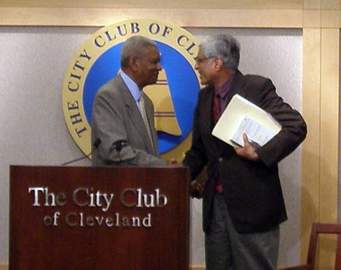SAGARMALA : INTERLINK INDIAN PORTS FOR PASSENGER TRAFFIC
N.Nandhivarman
In Chennai Marina Beach just
like buses start from Anna Terminal, a ship waits for passengers. People drive
their cars and motorbikes near the ship, which has an open entrance. Passengers
drive their cars and bikes inside the lower berth of the ship. Then they climb
to the top berth where their seats are facing seas giving glimpses of the skies
and sun. They have booked tickets to Mahabalipuram, Pondicherry, Karaikal,
Nagapattinam, Tutucurin and Kanyakumari. Many minor ports are in between where
infrastructure exists but not in operation. Hovercrafts can travel in road and
seas, it can reach beach sands where there is no port for downloading
passengers and cargo.
India
has long coastline of 7517 kilometres with 12 major ports and 187 minor and
intermediary ports. We are fully exploiting our 12 major Ports like
Visakapattinam, Chennai, Tutucurin, Cochin, Mangalore and Mumbai. But when it
comes to minor and intermediary ports they are used only as fishing harbours.
While roads face traffic congestions and ever increasing accidents , because
minor and intermediary ports are under the control of various state
governments, no national policy emerged and these ports remained assets without
generating revenues to states.
A
suggestion to create National Seaways on the lines of National Highways was
mooted by the author, when he was Trustee of Tutucurin Port Trust in between
1999-2001. Planning Commission Member Dr.S.B.Gupta evinced interest in this
project, and then Prime Minister Atal Bihari Vajpayee finally spelt out the
thinking of the NDA Government at Kanyakumari and Nagerkoil during his visit to
Tamilnadu . He renamed National Seaways as Sagarmala , garland of seas to interlink
187 minor and intermediary ports.
This
policy announcement of Vajpayee still remains a dream in papers.
We
have a coast extending from Gujarat in Arabian Sea to West Bengal in Bay of
Bengal. Easy connectivity without hugh investment in infrastructure like road
and bridges construction is not required. Already minor ports and intermediary
ports exist without any use. These idle assets could be converted to revenue
earning assets for various states. A National Policy like Sagarmala must be framed
announced, giving room for both public sector and private sector plying
interstate hovercrafts to ferry passengers and cargo between states, across
states, from India’s western coast to eastern coast.
Before
undersea tunnel linked France and British Isles, hovercrafts ferried passengers
from one country to other. These are now not in use, and we can even buy second
hand vessels, and if proper rules are framed like bus and lorry owners with
National Permits moving in National Highways. Hovercrafts or other vessels can
move in National Seaways.
Need
of the hour is political will of the Narendra Modi Government. Tamilnadu once
launched Poompuhar Shipping Corporation with much fanfare but its vessels were
used only to ferry coal to our power stations. Gujarat Maritime Board
successfully operates within the state, but its focus is on building Cities
around Ports and creation of a cluster of Ports for connectivity. Why not
Tamilnadu take up with the Union Government, the Sagarmala scheme announced by
Atal Bihari Vajpayee in Tamilnadu that too when J.Jayalalithaa was Chief
Minister, who received him and went in same car to Kanyakumari as token of
respect to Prime Minister. In Sagarmala let Hovercraft Ships too ply easing
congestion in roads, making it easy for Chennaites to go with their vehicles in
sea to Pondicherry in morning and return back by evening. Like local buses
stopping wherever one shows hand, even where there are no ports let people get
into hovercrafts from the sands of their beaches.
[The
author was former Trustee of Tutucurin Port Trust between 1999-2001 and
socio-political activist]















